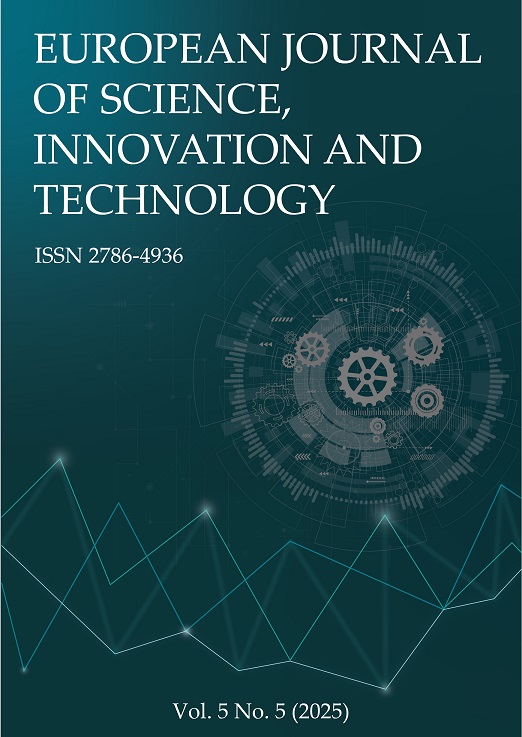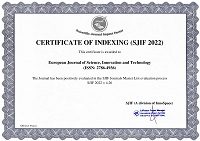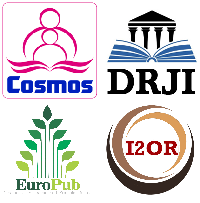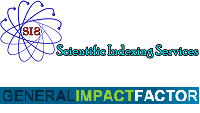Malaria Risk Modelling Based on Household and Environmental Mosquito-Breeding Points: Application to Makueni County, Kenya
Abstract
A sociocultural–spatial modelling approach was applied to model household-level malaria risk in Makueni County, Kenya. Using household surveys (N = 80 households sampled across affected and unaffected areas), larval habitat mapping and sociobehavioural data on vector control, we screened candidate predictors, ran Pearson correlations, and developed a stepwise multiple regression model to predict malaria incidence (household-level). We then produced a spatial risk surface using inverse distance weighting (IDW) in a GIS to identify very-low to very-high risk zones based on the combined contribution of the most important predictors. Key predictors retained in the final model were: proximity to surface water/irrigation, presence of puddles/animal hoof-prints near the house, frequency of open water storage, house eave status (open vs closed), use of insecticide-treated nets (ITNs), indoor residual spraying (IRS) history, presence of livestock near house, and solid-waste accumulation. The final model explained a large proportion of the variation in household malaria incidence (Adjusted R² = 0.87) and can guide targeted larval source management and household interventions in Makueni County.
References
Bousema, T., Griffin, J. T., Sauerwein, R. W., Smith, D. L., Churcher, T. S., Takken, W., ... & Drakeley, C. (2012). Hitting hotspots: spatial targeting of malaria for control and elimination. The Lancet, 380(9842), 1749-1756. https://doi.org/10.1016/S0140-6736(12)61270-0
Fillinger, U., & Lindsay, S. (2009). Identifying the most productive breeding sites for malaria mosquitoes: a field study in western Kenya. Malaria Journal, 8, 136. https://doi.org/10.1186/1475-2875-8-136.
Fillinger, U., & Lindsay, S. W. (2009). Suppression of exposure to malaria vectors by an order of magnitude using microbial larvicides in rural Kenya. Tropical Medicine & International Health, 14(9), 1143–1153. https://doi.org/10.1111/j.1365-3156.2009.02341.x
Kenya Ministry of Health. (2023). Kenya Malaria Strategy 2023–2027. Ministry of Health, Republic of Kenya.
Kibret, S., Lautze, J., & Tessema, F. (2014). Increased malaria transmission around irrigation schemes: comparative entomological studies. Peer-reviewed article.
Kibret, S., Lautze, J., McCartney, M., Wilson, G. G., & Nhamo, L. (2014). Malaria impact of large dams in sub-Saharan Africa: maps, estimates and predictions. Malaria Journal, 13, 339. https://doi.org/10.1186/1475-2875-13-339
Makueni County SMART survey report (2023). Makueni integrated SMART survey report (June 2023). (Makueni County health/nutrition report).
Ndiaye, A., Ndiaye, Y. D., Niang, E. A., Diagne, N., Gaye, A., & Faye, O. (2020). Mapping the breeding sites of Anopheles gambiae s.l. in hotspot villages in Senegal. PLoS ONE, 15(7), e0236607. https://doi.org/10.1371/journal.pone.0236607
Ochomo, E. O., Milanoi, S., Abong’o, B., Onyango, B., Muchoki, M., Omoke, D....Kariuki, L. (2023). Detection of Anopheles stephensi Mosquitoes by Molecular Surveillance, Kenya. Emerging Infectious Diseases, 29(12), 2498-2508. https://doi.org/10.3201/eid2912.230637.
Tusting, L. S., Bottomley, C., Gibson, H., Kleinschmidt, I., Tatem, A. J., Lindsay, S. W., & Gething, P. W. (2017). Housing improvements and malaria risk in sub-Saharan Africa: a multi-country analysis of survey data. PLoS Medicine, 14(2), e1002234. https://doi.org/10.1371/journal.pmed.1002234
World Health Organization (WHO). (2021). World malaria report 2021. Geneva: WHO.
Copyright (c) 2025 James M. Malusha

This work is licensed under a Creative Commons Attribution 4.0 International License.


 ISSN
ISSN 











